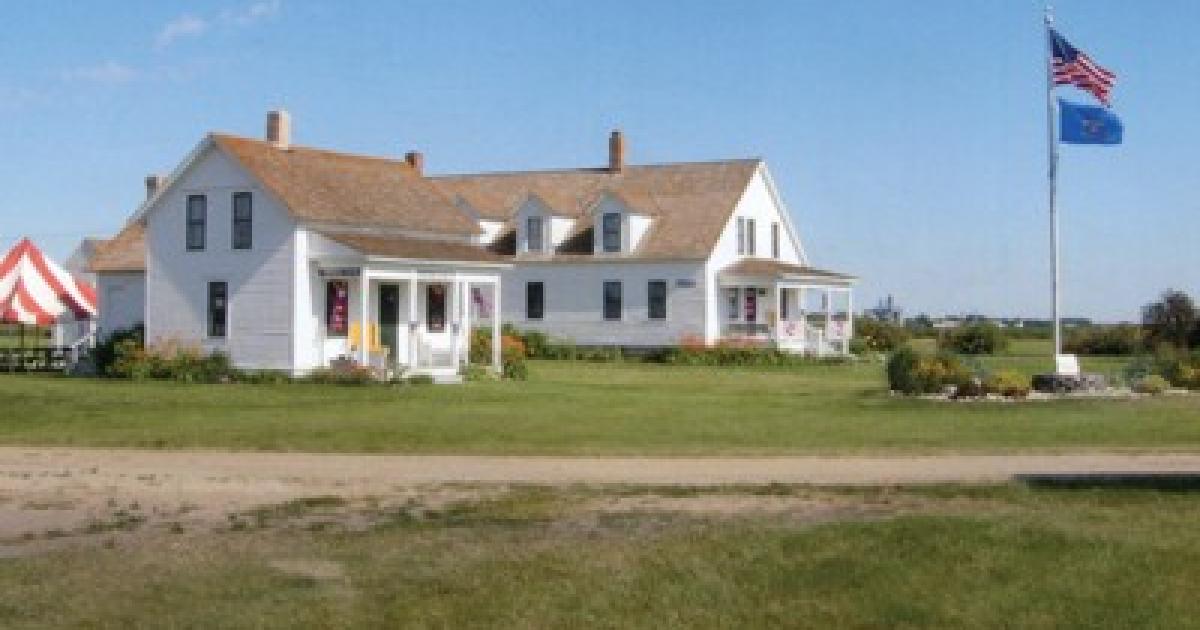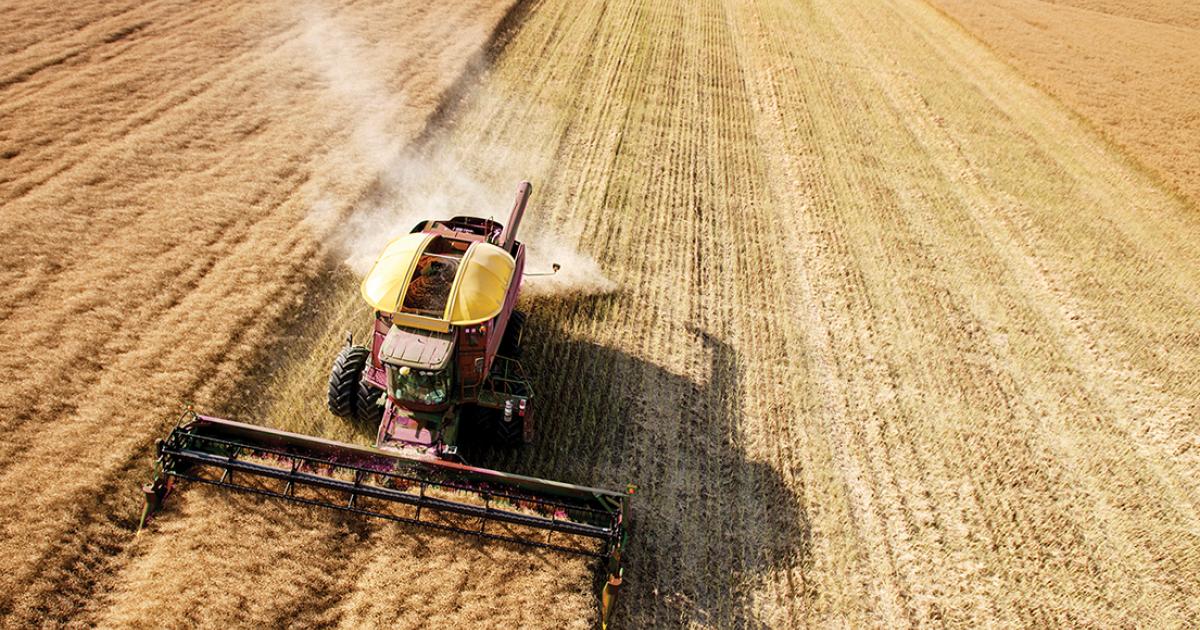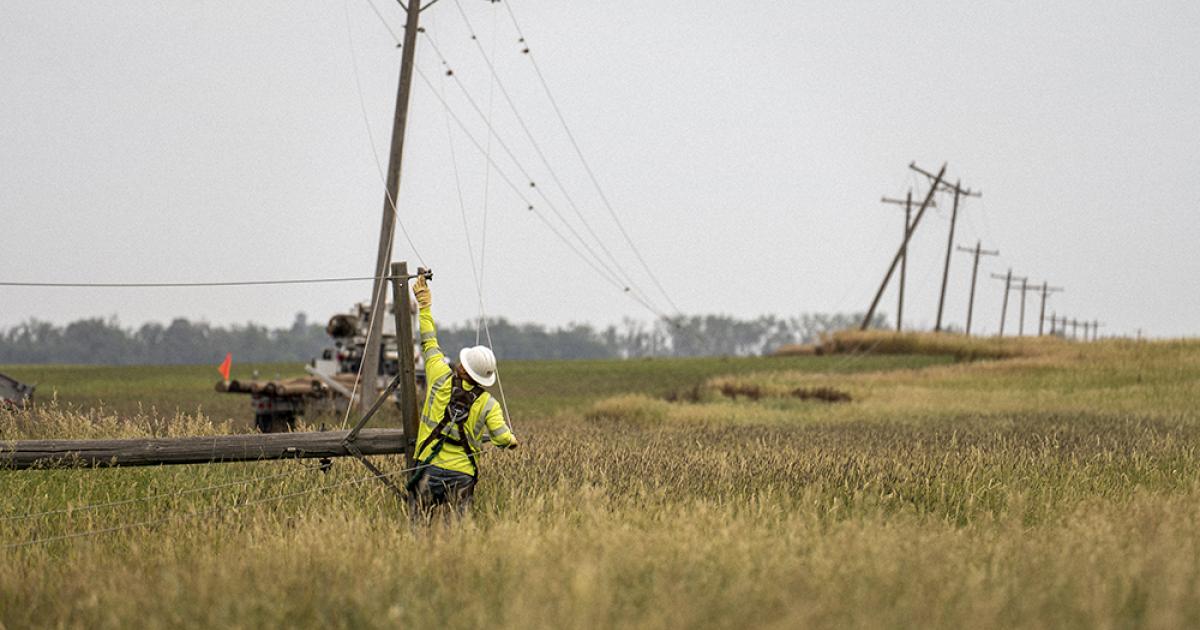The 1970s were a tumultuous time in U.S. and North Dakota agriculture. It was a decade of meat boycotts, a truckers’ strike, branch line abandonment and, most importantly, the Soviet grain deal. Last month, I wrote about the explosion of sunflower acres in the state during the 1970s – from 237,000 harvested acres in 1971 to 3.4 million in 1979, a 14-fold increase. Why did that happen? The tumult helps explain why.
Al Gustin is a retired farm broadcaster, active rancher and a member of Mor-Gran-Sou Electric Cooperative.
After decades of government acreage controls and depressed grain prices, the 1972 Soviet grain deal changed everything, or so it seemed. The Soviets bought 10 million tons of U.S. grain, mainly wheat and corn. Farmers were led to believe a new era was dawning, an era of strong global demand and higher prices. Wheat prices went from $1.75 a bushel to $4.08 in one year.
The government removed acreage controls. There were shortages of fuel, fertilizer and farm equipment. Land prices rose dramatically. Wheat was North Dakota’s main cash grain crop by a wide margin, and farmers planted a lot more wheat, not just here. By early 1975, there was a world wheat surplus and wheat prices were back to $2.
Farmers were outraged. Agriculture Commissioner Myron Just formed a steering committee of producers to see what could be done. At the committee’s behest, hundreds of disillusioned, angry farmers met in Jamestown in early 1976 and decided to hold their wheat off the market to force prices higher. The withholding didn’t work. The steering committee then moved to form a wheat pool, with the idea of bargaining, collectively, for a higher price. A pool of nearly 1.5 million bushels of wheat was put together and merchandised by the state-owned North Dakota Mill and Elevator. But, in the end, the pool accomplished little.
The result of all this was the sobering realization that relying on the export market for long-term prosperity was, in all likelihood, futile, and that actions taken by farmers individually, or collectively, were not going to bring back high wheat prices. So, farmers thought, if not wheat, then what? Sunflowers were waiting in the wings.
Al Gustin is a retired farm broadcaster, active rancher and a member of Mor-Gran-Sou Electric Cooperative.










